LEARN HOW TO DESIGN AND SEW SMARTER, FASTER, AND MORE EFFICIENTLY TO GENERATE UNLIMITED INCOME
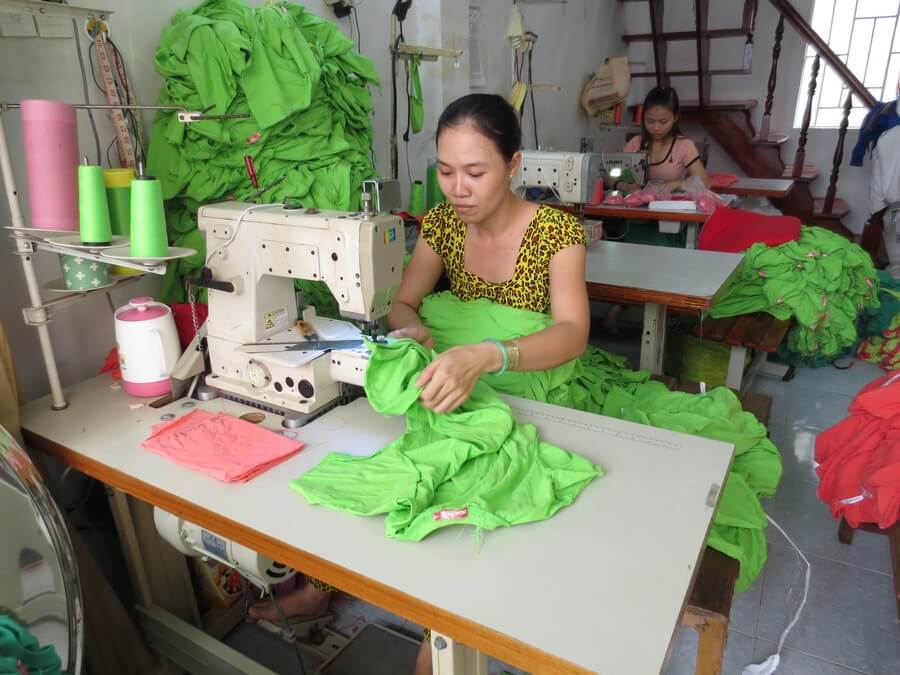
Forget about attending a reputable, prestigious fashion design school. If you want to sew like a pro, all you need to do is to master the basic foundations of sewing and pattern drafting. Pattern drafting will help you to understand the order of garment construction and allow you to design anything you want to create. It will help you to piece the garment together like a jigsaw puzzle. Practice makes perfect, and, with plenty of practice, in no time, you will become an exceptional designer/sewer. Don’t waste your time trying to make an apron, tote bag, or pajamas, if you truly want to improve your sewing skills. Try to work smarter not harder for yourself and learn real technical skills, whether it is for a hobby or a profession you chose. Sewing and fashion design is more than just a hobby, if you become really good and skillful. In fact, you can capitalize on your skills and make a business out of it. Just imagine… when you think outside of the box, the sky is the limit, in terms of what you can do with this precious life skill. There are many seamstresses in the world who own two houses, by using their sewing skills to generate income. Having said that, you certainly don’t want to live with regret by missing out on this opportunity to learn a practical life skill that can potentially make you ‘filthy’ rich.
TRADE SKILL VS. UNIVERSITY DEGREE
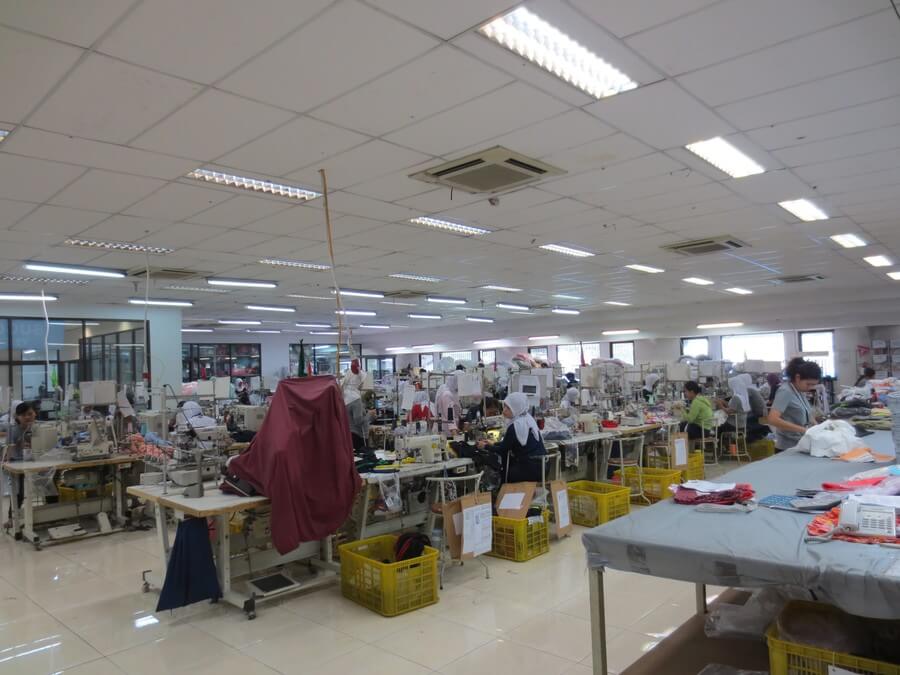
It is disheartening and discomforting to know that, after spending $45,000 to upwards of $150,000 on your education, you are burdened with a huge debt. You are unable to get your fashion design career/business started and then you have to go back to retail work, earning minimum wage. This is the new common path that most young people are facing in this tough economy. Tuition fees are increasing each year, but the quality of education remains the same. University and college graduates are leaving school jobless with very little trade skills to survive.
Why is our society so obsessed with that piece of degree/diploma paper? And yet, at every job interview, the majority of employers don’t even bother to check, follow-up or verify the applicant’s education. Most surprisingly of all, most employers are far more interested in discussing and questioning an applicant’s trade skills and experience, than finding out which school she/he graduated from. Typically, an employer will use a sewing or pattern drafting test to conduct the first job interview, to assess an applicant’s basic skills or experience. Sadly, if an applicant fails on the sewing or the drafting test, it is highly unlikely she/he will get the position…
FASHION DESIGN OFFERS MANY CAREER CHOICES

A career in fashion design allows you to choose from many great professions, such as:
Fashion Designer (Head Designer, Chief Designer, Assistant Designer, Junior Designer)
Fashion Stylist (Fashion Coordinator, Creative Art Director, Celebrity Stylist)
Fashion Buyer (Fashion Wholesaler, Wholesale Buyer)
Patternmakers (Pattern Drafter, Plotter, Pattern Grader, Gerber System Operator, CAD Operator)
Trendsetter (Fabric Trend Forecaster, Fashion Trend Forecaster)
Sample Sewer (Sample Maker, Sample Cutter, Fitter, Bundler, Presser, Sewing Machine Operator)
Tailor (Dressmaker, Seamstress, Couturier, Alterationist)
Costume Designer
Fashion Instructor/Professor
Drycleaner
Fashion Entrepreneur
GOOD SEWING REQUIRES MORE THAN JUST SKILLS
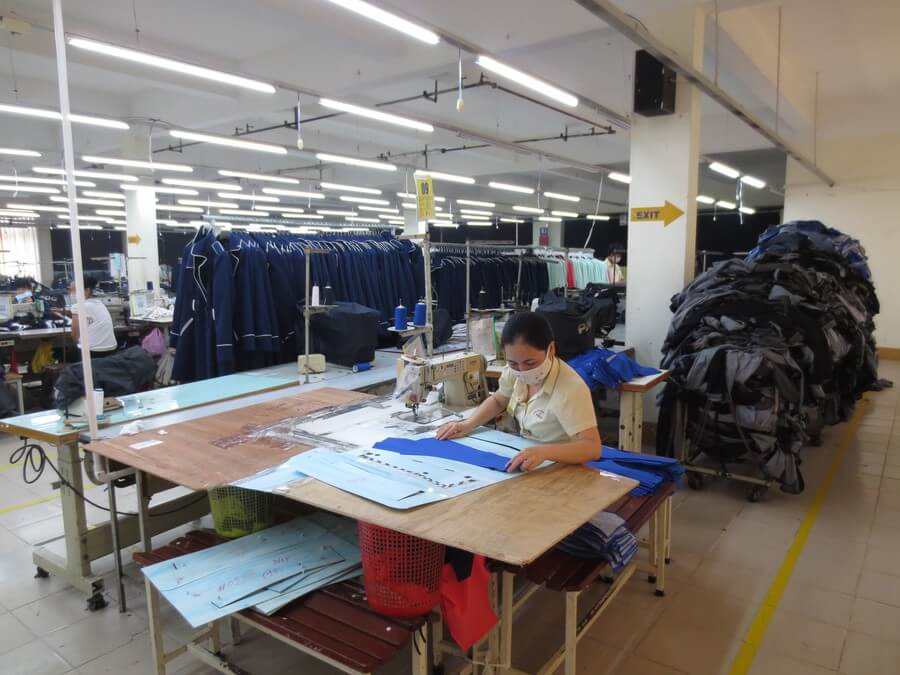
Have you ever wondered why so many people know how to sew but their sewing really lacks finesse? Or their workmanship always looks very homemade? Or their sewing doesn’t have that “WOW” factor?
Most home sewers don’t have the basic foundation sewing skills. There are many types of stitches and seams in sewing. Knowing when, where and how to apply these stitches and seams will bring out the “WOW” factor in their sewing. Furthermore, home sewers don’t have the proper basic sewing techniques to complete their garments. I have seen many sewers either add too many steps or leave out important steps, while lacking consistency. By mastering basic sewing skills, your garment will look more professional and truly exceptional. Essentially, every sewing project will incorporate all of your basic sewing techniques.
Secondly, most sewers don’t have the proper sewing tools, sewing feet attachments and sewing machines. It is so important to have the right tools, equipment, and machines to get the job done right. There are many sewing tools and sewing feet to help make your sewing more refined. Having the right sewing feet can really help give your garment a cleaner look and finish. It is also important to have the right sewing machines that meet your needs…
IS THE FASHION INDUSTRY A CUT-THROAT BUSINESS?
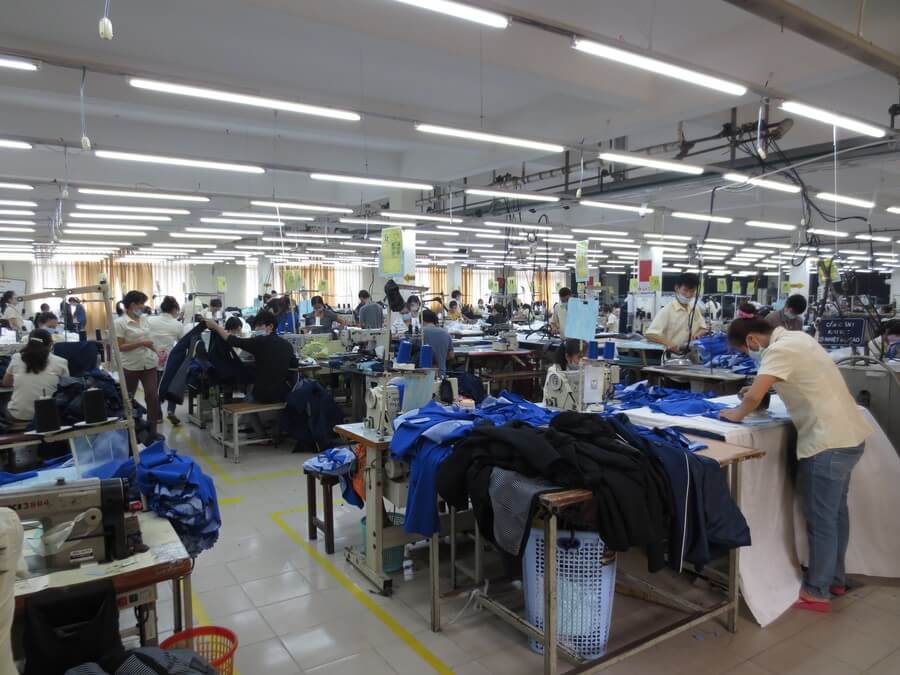
In my personal experience, having been in this business for nearly three decades, I have seen the best and the worst sides of the fashion industry. From the designer’s perspective, there are a small number of insecure designers in North America who go around and backstab their rivals and competitors. This is a common practice to get ahead in North America. Yes, there are some petty designers who just want to stomp over everyone to get their brand recognition. Luckily, only a very small fraction of the individuals in the fashion business conduct themselves in this manner, in comparison to the whole garment industry. There are a lot more passionate and kind factory garment workers than there are cold-blooded, snobbish designers in the world.
Generally speaking, when dealing with garment manufacturing workers, I find 99% of the work force is quite helpful, cooperative and hard-working. Poverty is one of the biggest problems in most Asian countries. In every factory I have visited in each country, no matter how small or how big the size, garment factory workers always greeted me with a big smile on their faces and displayed great pride in their work. Even though wages are low and everyone is underpaid, garment factory workers are content and courteous because they truly appreciate one of the simple things in life, which is a job to support their family. During my visits, the owners/sales representatives told me that their employees have a choice to work or not to work…
LEARNING TO SEW AS A BEGINNER
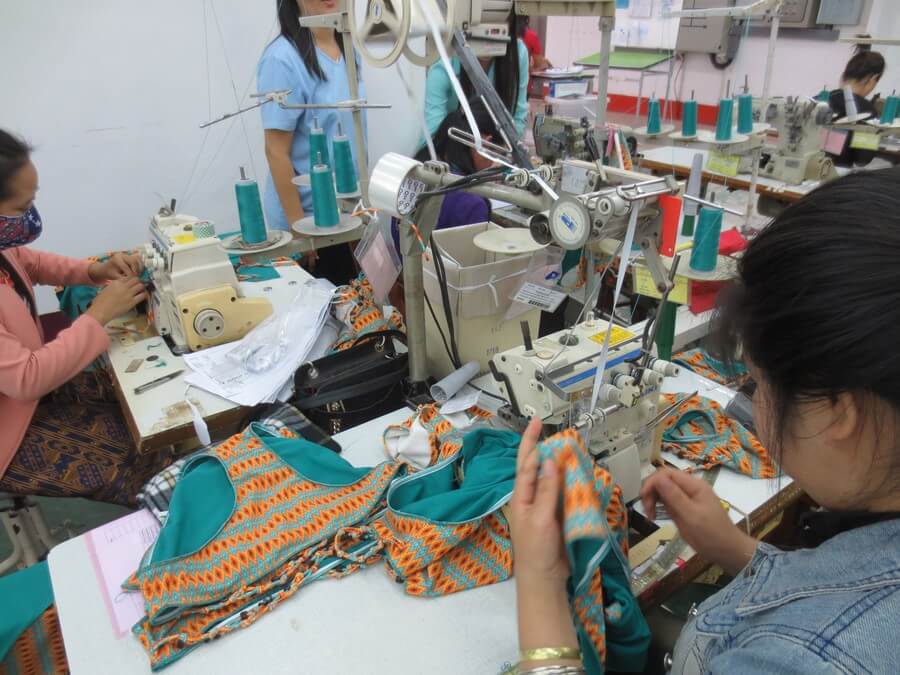
Learning how to sew is a REAL practical life skill investment. When you are making aprons, tote bags, backpacks and pajamas, or learning to quilt, at some stage, your level of sewing will plateau or ‘hit the ceiling’, and the quality of your sewing will stop improving. Why waste your hard-earned money to learn the same basic techniques in every lesson, while your sewing skills don’t improve or progress?
Vancouver Sewing Classes (VSC) recommends that people invest their hard-earned money in a good quality program, where you can learn all of the basic foundation techniques in sewing, such as stitches, seams, pockets, zippers and so on. Once you have acquired all the basic technical sewing skills, it is amazing how much your sewing will greatly improve. Nobody enjoys picking seams apart when they make a mistake, so, the next time when this happens to you, just remember this: you need to learn the essential basic sewing techniques in order to improve your knowledge and skills, so you can fully enjoy the art of sewing.
FASHION DESIGN CAN NEVER BE REPLACED BY ROBOTIC TECHNOLOGY
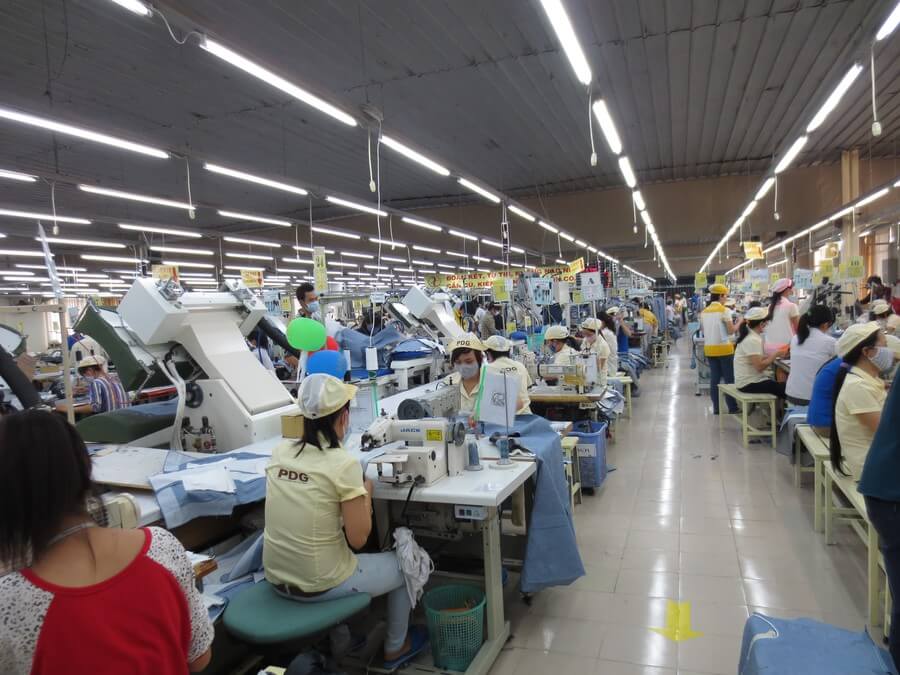
A career in fashion design can bring so much reward and stability into your life. It is a real, practical and useful life skill that you can take with you anywhere in the world and still make a good living out of it. Apparently, many Australian expats are currently living in Bali and they are running successful businesses by doing just that. It is an old profession that is quite often overlooked and underrated in our society. Fashion design is one of the last few industry sectors that robotic technology is unable to conquer. Many other industry sectors and professions are seeing real people being replaced by computer and robotic technology, such as in auto manufacturing, financial and banking, medical healthcare, education, social work, airline, military, food manufacturing, journalism, and hospitality, etc. Luckily, fashion design is one industry still shielded from invasion and takeover by robots. The apparel industry sector would require an enormous investment and resources to replace humans with robots in the 21st century; therefore, it is highly unlikely that will happen in the next 100 years. The cost of investing in robotic technology would be too high for garment manufacturers to replace the low cost of human workers. One particular area that robotic technology will never be able to replace is the realm of designers, couturiers, tailors, seamstresses, and factory sewers because they are the “creative thinkers”. Robots cannot think like humans, and, ultimately, no matter how advanced robotic technology becomes over time, human hands will always be more versatile and skillful than man-made machines; even Gerber Technology is heavily dependent on humans to operate.
HAVING THE RIGHT SET OF SKILLS WILL MAKE A BIG DIFFERENCE IN YOUR FASHION CAREER
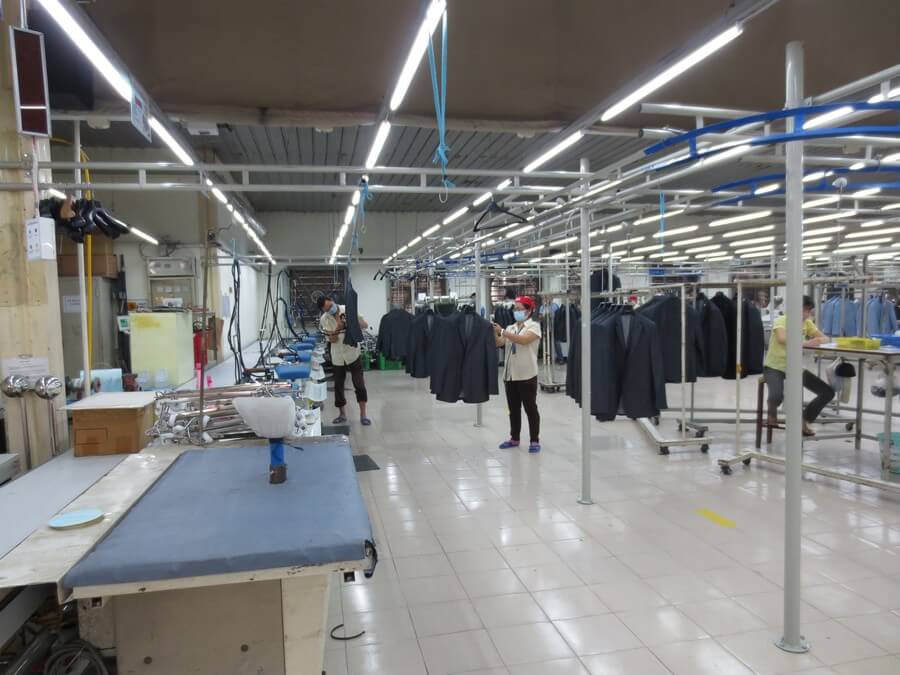
Essentially, you need these four skills to be able to design and create a garment from scratch. In mass manufacturing, it is imperative that all designers acquire these skills when it comes to production in large quantities, especially in different styles, sizes and colours.
Pattern drafting is a really good skill to have under your belt. The skill itself will help any designer to copy or create an original pattern from a finished garment or from a conceptual design stage. In reality, pattern making is actually the designer’s primary responsibility. Their job is to take a technical drawing and convert it into a commercial pattern; prepare the prototype; execute the fitting; and finish the sample for the client’s approval.
In some smaller companies, the grading task quite often becomes the designer’s secondary responsibility, where they have to grade in different sizes at the client’s request, once the sample is approved for production. If you are operating a custom-made boutique business, grading will always be a big part of your regular business routine to ensure that your clients are happy with their perfect fit.
If you are operating your own business, sewing will play a more key role in maintaining quality control in your garment production. Without sewing knowledge and skills, you will have a huge disadvantage against your competitors. In order to save costs and increase profits, most local designers will do all their own in-house sewing, sampling and production. This way, all the money they earn goes directly into their pockets and not someone else’s. It is a great way to be more cost efficient when you are starting up your own business…
FASHION DESIGN IS A PRIVILEGE

Yes, indeed, fashion is an exciting world for every fashion designer who gets up every morning and arrives at work. It is one of the most fascinating and fun jobs in the world. Most people are satisfied with their mundane 9 to 5 job, but for designers in this field, it is a completely different story. First of all, they get to touch, feel and work with the coolest and most unique fabrics. Secondly, they get to design and create innovative ideas. Finally, they get to sell their complete garment at a price to make a sizable profit and, at the same time, they get to meet the most amazing and fantastic people along the way. In addition, they often get to enjoy many great life experiences and different cultures through career-related traveling and social interactions.
There are many professional occupations that face daily challenges, red tape and roadblocks in this society because of the government’s strict laws and regulations that prevent professionals from doing what they love. However, fashion design is one of the very few professions where there are not many restrictions and regulations, or licensing requirements, in cities and countries around the world, to work or operate a business. An expat designer can practise her/his skills in any country without government intervention. Many fashion designer expats in Indonesia, Vietnam, Cambodia and Laos are currently living a comfortable life – doing what they love the most – which is designing and selling their clothes on their terms. Interestingly, many expats even create jobs for the locals in their community and most expats only work 5 to 8 hours a day. As for the rest of the day, they spend their time on the beach or by the pool, so they can drink their favourite Margarita under the tropical sun. This is the perfect illustration of being able to live your life in a paradise of your choosing, if you have a practical life skill under your belt.
FASHION DESIGN IS NOT ONLY A LIFE SKILL, IT IS A BUSINESS
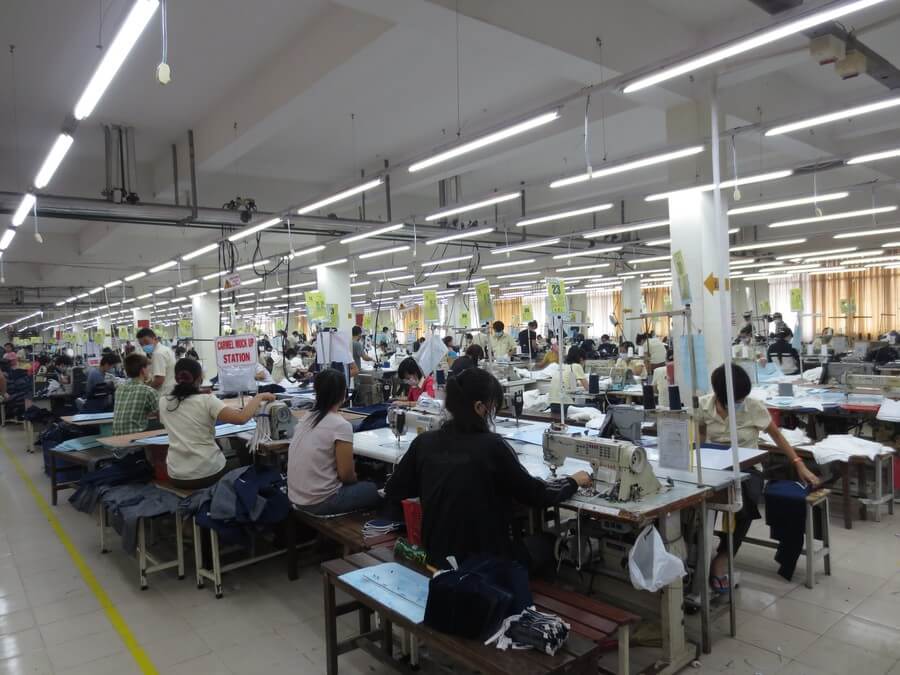
There are many professions in the world that require further upgrades in education and extensive examinations in order to obtain or continue a license or employment; however, fashion design is a unique profession where it is not required by the law of any country to do so. As a matter of fact, anyone having a life skill involving pattern drafting, sewing, French draping and pattern grading will have no problem getting employment. Furthermore, if you are a professional fashion designer, you can set up your own business from the comfort of your own home or online in most foreign countries without any government red tape. You can take this life skill and move to any country, at any time, without doing much packing and you would require very little capital investment, should you decide to start up a business from scratch. Many expats from all over the world have made a very comfortable living doing what they truly love every day, on their own terms.